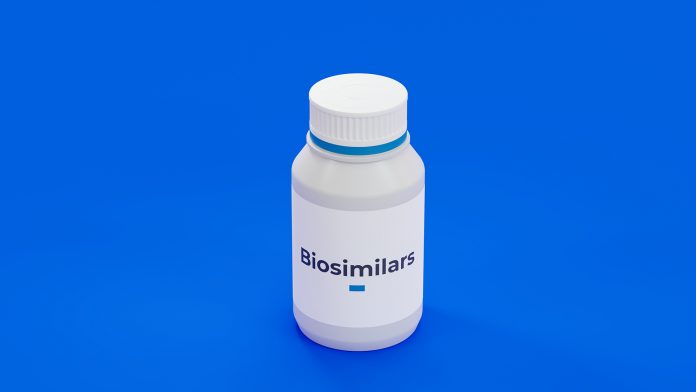
Health Europa details everything you need to know about biosimilar medications, their benefits, safety, success stories, and how biosimilars can revolutionise healthcare.
The potential of biosimilars has been the subject of considerable exploration in recent years. As we unlock their potential, it is essential to consider how these medicines can improve healthcare outcomes and reduce costs for patients across various diseases.
Biosimilars are copies of biological drugs developed after the original drug’s patent expired. They offer a cost-effective alternative to expensive brand-name biologics while providing similar effectiveness and safety as the originator product. Biosimilar medications can help bridge gaps in access to care by lowering prices for many types of treatments – from cancer therapies to autoimmune conditions such as rheumatoid arthritis. With pharmaceutical companies investing heavily in research and development for biosimilar products, there is much excitement about what these new medicines may bring to market.
To fully realise the promise of biosimilars, healthcare providers must understand them inside out. This understanding requires knowledge of topics ranging from pharmacology to clinical trial data. Still, more importantly, it also involves recognising the larger context: how do these medicines fit into existing patient pathways? How can they be used most effectively within a given healthcare system? And ultimately, how can they help deliver improved health outcomes at a lower cost? We aim to answer these questions here and provide insight into unlocking the potential of biosimilars.
What are biosimilars?
Biosimilars are a type of biological drug similar in structure to existing biological medicine. These drugs have been developed to provide an alternative option for patients needing life-saving treatments.
A biosimilar is created by taking a sample of the original medicine and making minor changes to its molecular structure so it can be approved as a separate product with its own name and label. This means there may be some subtle differences between the two medicines, but they should have comparable effectiveness when used to treat certain conditions.
Regarding safety, biosimilars must adhere to strict regulatory standards set by governmental agencies such as the US Food and Drug Administration (FDA). This ensures that these drugs meet all requirements before being released onto the market. As such, healthcare providers can rest assured that any biosimilar prescribed will offer their patients effective relief without compromising safety or quality compared to the originator drug.
The potential of biosimilars lies in their ability to make treatments more accessible and cost-effective for those who require them. With fewer barriers between patients and life-changing medications, we could soon see an increase in the uptake of treatment options among those who would otherwise struggle to gain access due to financial constraints or other limitations. Unlocking this potential could help bring us one step closer towards achieving health equity worldwide.
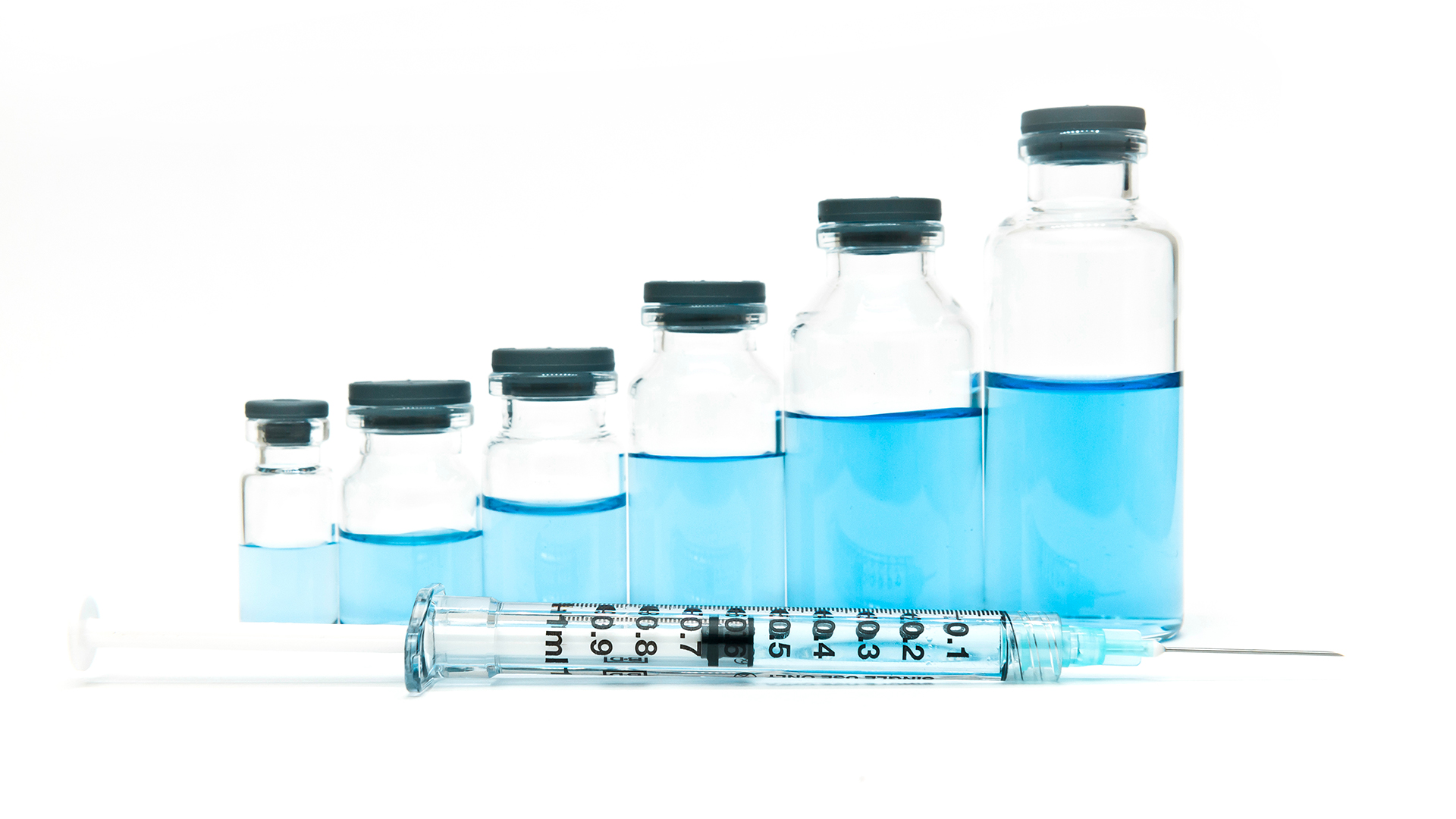
Characteristics of biosimilars
At the core of any biosimilar is its similarity to its originator molecule. To be designated as a biosimilar, it must meet strict criteria from regulatory bodies worldwide, including demonstrating substantial equivalence across a range of assessments such as safety, efficacy and quality characteristics. The regulations require rigorous analytical testing data that confirm atomic-level similarities between the two molecules on various parameters such as size, shape or charge distribution. If required, these tests must also show comparable biological activity profiles across different preclinical models and clinical trials.
In addition, manufacturers must demonstrate comparability through nonclinical studies, including animal toxicity studies and pharmacokinetics/pharmacodynamics profiling, to prove no significant differences between the reference drug and biosimilar in absorption rate into circulation after administration. Biosimilars should also exhibit similar immunogenicity profiles when administered repeatedly over time by ensuring they do not induce a stronger immune response than the original version.
The meticulous process used to develop and approve a biosimilar is designed to maintain high standards for both safety and effectiveness so patients can benefit from affordable yet reliable treatment options. With this promising prospect comes responsibility – one must rely on extensive evidence before making decisions about switching or substituting therapies with a biosimilar counterpart because even small changes may affect how well it works within each individual’s body chemistry. Ultimately, understanding all aspects of what makes up a successful biosimilar helps inform responsible use for optimal outcomes for our healthcare system.
Cost-benefit analysis
The cost-benefit analysis of biosimilars is one of the main drivers for their use. By decreasing drug costs, healthcare providers can save money and improve patient outcomes. The economic impact of using biosimilar medications can be seen in several ways: reduced costs for both patients and health systems, increased access to medicines, improved care quality, and better overall healthcare outcomes.
For example, prescribing a biosimilar instead of its reference product may result in significant savings to the healthcare system. A National Institute for Health and Care Excellence (NICE) study found that switching from an originator biologic agent to a biosimilar could lead to potential cost savings of up to 47%. Similarly, another report estimated that if all qualified purchasers switched from branded biologics to approved biosimilars, it would generate aggregate net savings of $54bn over ten years.
Moreover, when considering reimbursement decisions, there are other advantages beyond cost-savings, such as enhanced patient access due to lower out-of-pocket expenses or longer duration between treatments with similar efficacy. This increases convenience and reduces the treatment burden on already vulnerable populations who rely on these medications for life-saving therapies.
Introducing biosimilar medications into clinical practice has numerous benefits across multiple stakeholders and wider society at large; they provide financial relief and expand access to essential drugs while maintaining high levels of safety and efficacy standards.
Safety and efficacy considerations
Having discussed the cost benefits, a valid counterargument may be that safety and efficacy considerations should take precedence over any economic benefit. Fortunately, rigorous regulatory review processes ensure that these criteria are met with confidence.
When it comes to safety evaluation, risk assessment is paramount. All biologic drugs must undergo preclinical testing followed by clinical trials to receive approval from relevant health authorities before entering the market. Afterwards, pharmacovigilance programmes monitor the long-term effects on patients taking the medication. The exact process applies to biosimilar medications; thus, no additional safety concerns are raised compared to their reference product counterparts.
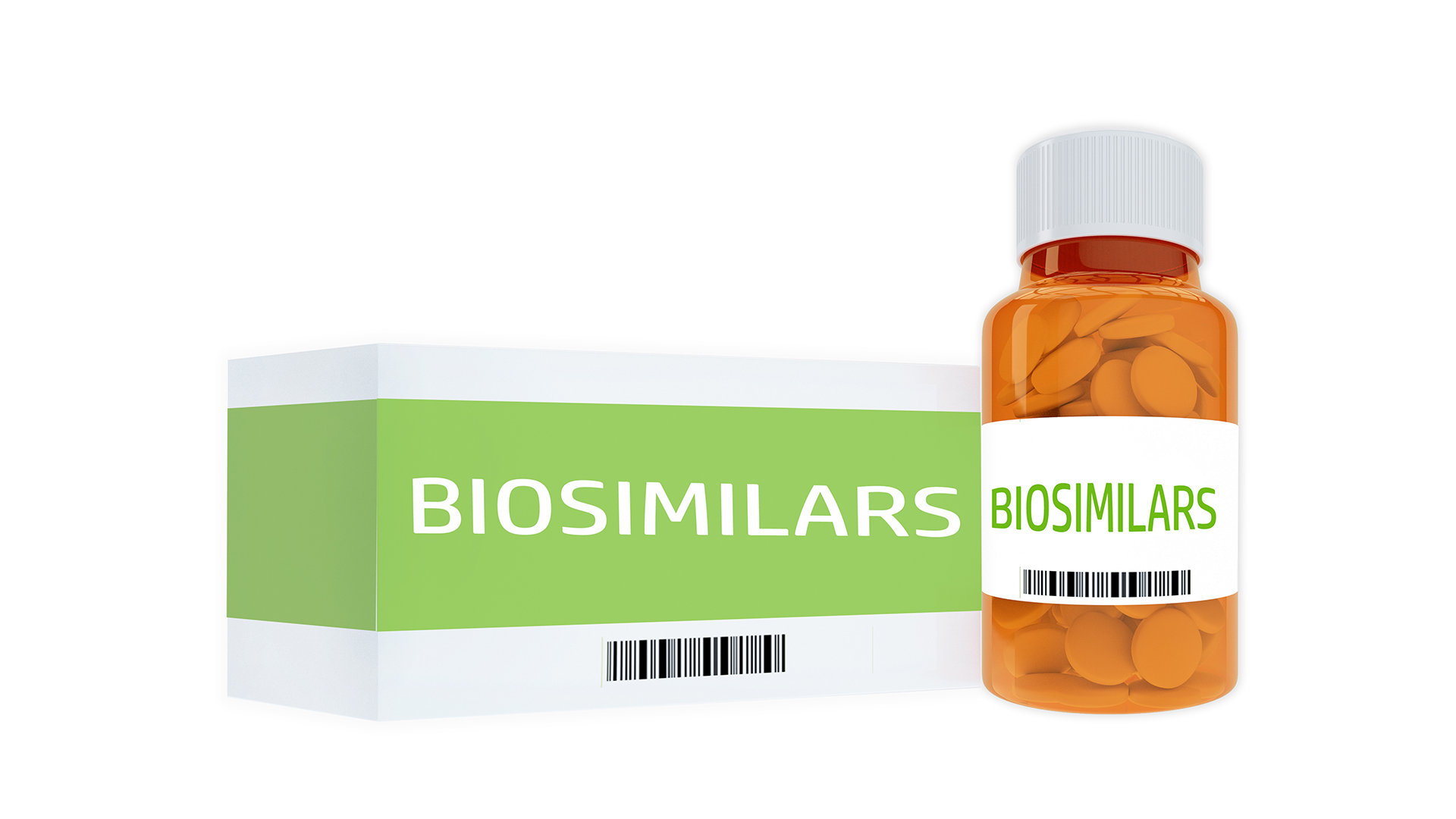
The same rigour applies to efficacy data – since the primary structure of all biologics remains unchanged between branded products and their generic analogues or biosimilar alternatives. There is no need to reassess them for efficacy as evidence suggests similar therapeutic outcomes. Therefore:
- Clinical studies assure that biosimilars have comparable results to those of originator biologics;
- Regulatory bodies such as the FDA review each application thoroughly before approving it;
- Post-marketing surveillance increases patient access while minimising risks associated with new therapies; and
- Extensive laboratory testing helps confirm quality and consistency among batches of medication produced en masse.
Although it is essential to consider cost savings when evaluating potential treatments, ensuring patient safety takes priority in all cases – especially when dealing with pharmaceuticals like biosimilars which require highly specialised manufacturing techniques and advanced scientific knowledge. With this in mind, one can rest assured that effective measures are taken at every step of development and distribution toward guaranteeing the safe use of these medications for clinicians and patients alike.
Clinical success stories of biosimilar medications
The success of biosimilars has been repeatedly proven through various clinical trials. Over the years, several remarkable healthcare outcomes have emerged due to their use.
One such example is Rituxan, which was used to treat non-Hodgkin’s lymphoma in 2014. It showed significant improvement in patient response rates during its trial period compared to the original biologic drug. This led to improved survival rates for those treated with Rituxan, demonstrating one significant benefit of using biosimilars over more expensive alternatives.
Biosimilar drugs are also being used to improve access to treatments for rare diseases that would otherwise be too costly or difficult to obtain from traditional sources. In 2016, Remicade was approved for treating Crohn’s disease despite previous concerns about safety and efficacy due to its similarity to an existing biological product (infliximab). It successfully reduced symptoms associated with this condition while costing significantly less than other brands.
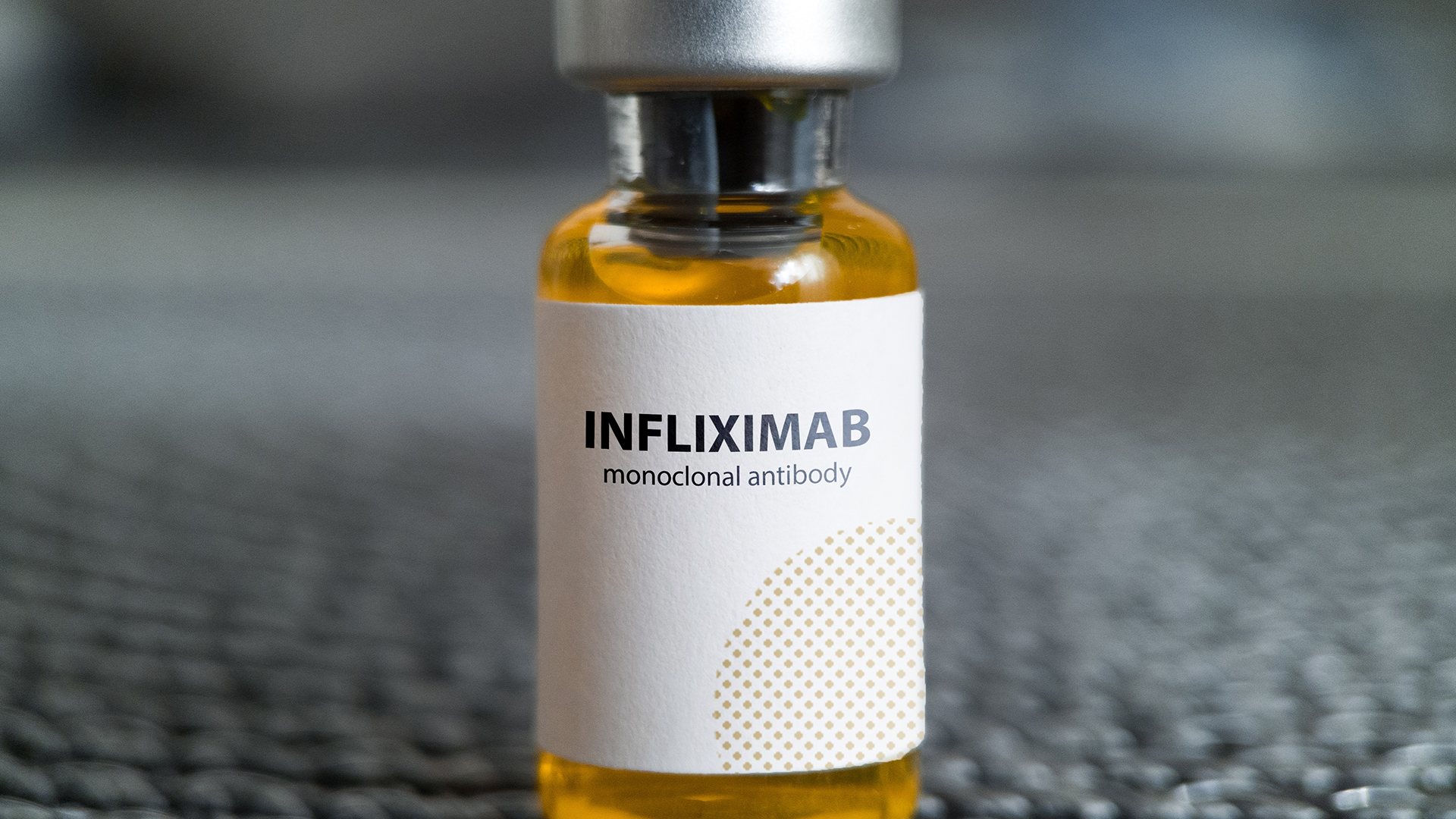
More recently, Avastin became available as a biosimilar option for ophthalmic treatment of age-related macular degeneration—a severe eye disorder that can cause vision loss in older adults. Clinical trials indicated that patients experienced similar results when they were administered Avastin or the original biologic agent Lucentis; however, Avastin costs up to three times less than Lucentis per dose. Such successes demonstrate how far we’ve come towards unlocking the potential of biosimilars and improving healthcare outcomes worldwide.
Regulatory measures
A regulatory framework is key for any biological product, particularly those developed as a biosimilar. The governing bodies strive to maintain safety and efficacy standards when approving new products.
The process begins with an extensive preclinical testing phase where researchers look at pharmacokinetics, dose range and other relevant data points. They also compare it to existing drugs and scrutinise its mechanism of action. Next comes the clinical trial stage, which assesses how safe and effective the drug is in humans before finally receiving approval from regulators like FDA or EMA.
Particular attention must be paid while assessing applications for biosimilars because they are similar but not identical to their reference medicines. It requires scrutiny by experts to ensure that there are no major differences between them which might affect the safety or efficacy profiles of either medicine. This ensures that both the original brand name drug and the biosimilar will have the same quality standards upon release into the market.
Regulatory authorities may also take additional steps, such as post-marketing surveillance studies, to monitor the long-term effects of these drugs over time or even require periodic updates if further evidence needs to be collected about their performance in human subjects. All this ensures that patients receive only safe and reliable treatments while maintaining the highest possible level of patient care throughout the life cycle of each drug approved through rigorous regulatory processes.
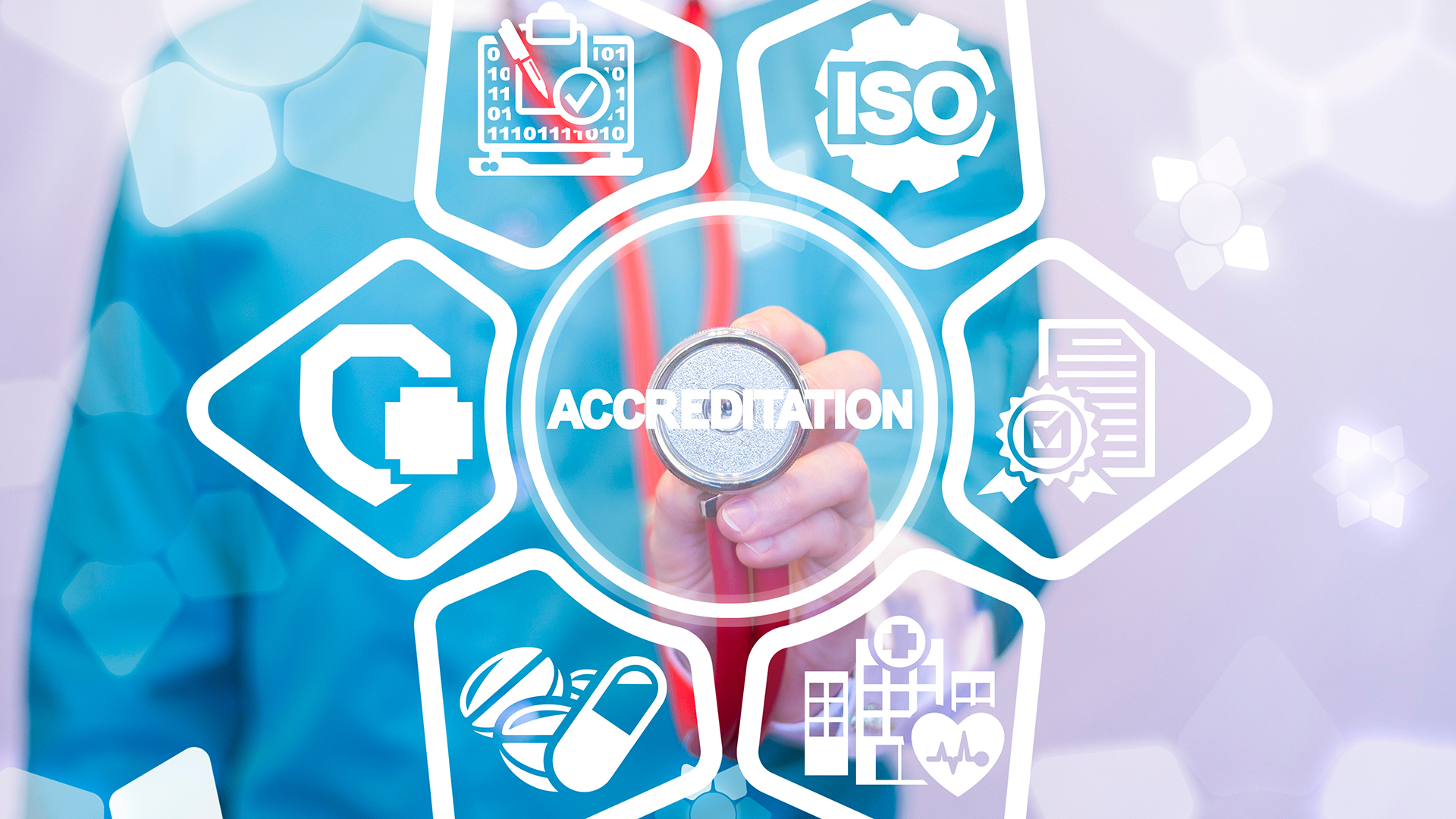
Biosimilar interchangeability
As the old saying goes, ‘Knowledge is power’, and knowing about interchangeability can unlock the potential of biosimilars. Interchangeability can be defined as a product being able to substitute for another without any clinically meaningful differences in safety, purity or potency. In simple terms, switching between two interchangeable products – such as two different brands of insulin – does not require additional medical instructions from a patient’s healthcare professional.
The concept of interchangeability allows patients access to multiple options regarding treatment choices. This could mean lower costs due to increased competition between manufacturers and greater availability of treatments, potentially leading to improved patient outcomes. It also gives pharmacists more flexibility with drug selection based on individual patient characteristics and preferences.
Much research has been done into understanding the implications of interchangeability before regulatory authorities approval. Studies have looked at factors like switch rates, clinical effects and cost savings associated with prescribing interchangeable biosimilars instead of their reference biologics counterparts. Pharmacists may consider these studies while weighing up whether they should recommend an interchangeable product over its non-interchangeable counterpart, depending on what will provide the best outcome for their patient.
It is crucial that all healthcare professionals involved in making decisions regarding prescription drugs are aware of interchangeability and how it can affect both therapeutic efficacy and economic value within healthcare systems.
Development challenges
Bringing a biosimilar to market is no easy feat. The process involves many moving pieces and complex challenges that must be addressed before the drug can reach its intended public. One of these development hurdles is process optimisation. This procedure seeks to ensure quality throughout production, from cell line selection to manufacturing processes. To this end, it may involve formulation optimisation or the use of bioanalytical assays to guarantee product integrity at all stages of the process.
Another challenge for developers is pharmacokinetic studies, which evaluate how drugs move through the body once administered. Such assessments need to be conducted carefully for biosimilars due to their highly sensitive nature; differences between them and their reference biologics could have profound implications on efficacy and safety profiles. Additionally, companies working on biosimilars must consider any further regulatory requirements set by governing bodies to gain approval to enter markets worldwide.
The complexity of successfully bringing a biosimilar onto the market means significant financial risk is involved with investment decisions related to development programmes. Companies, therefore, need reliable data points when making decisions about resource allocation in research and development efforts if they wish to succeed with their projects.
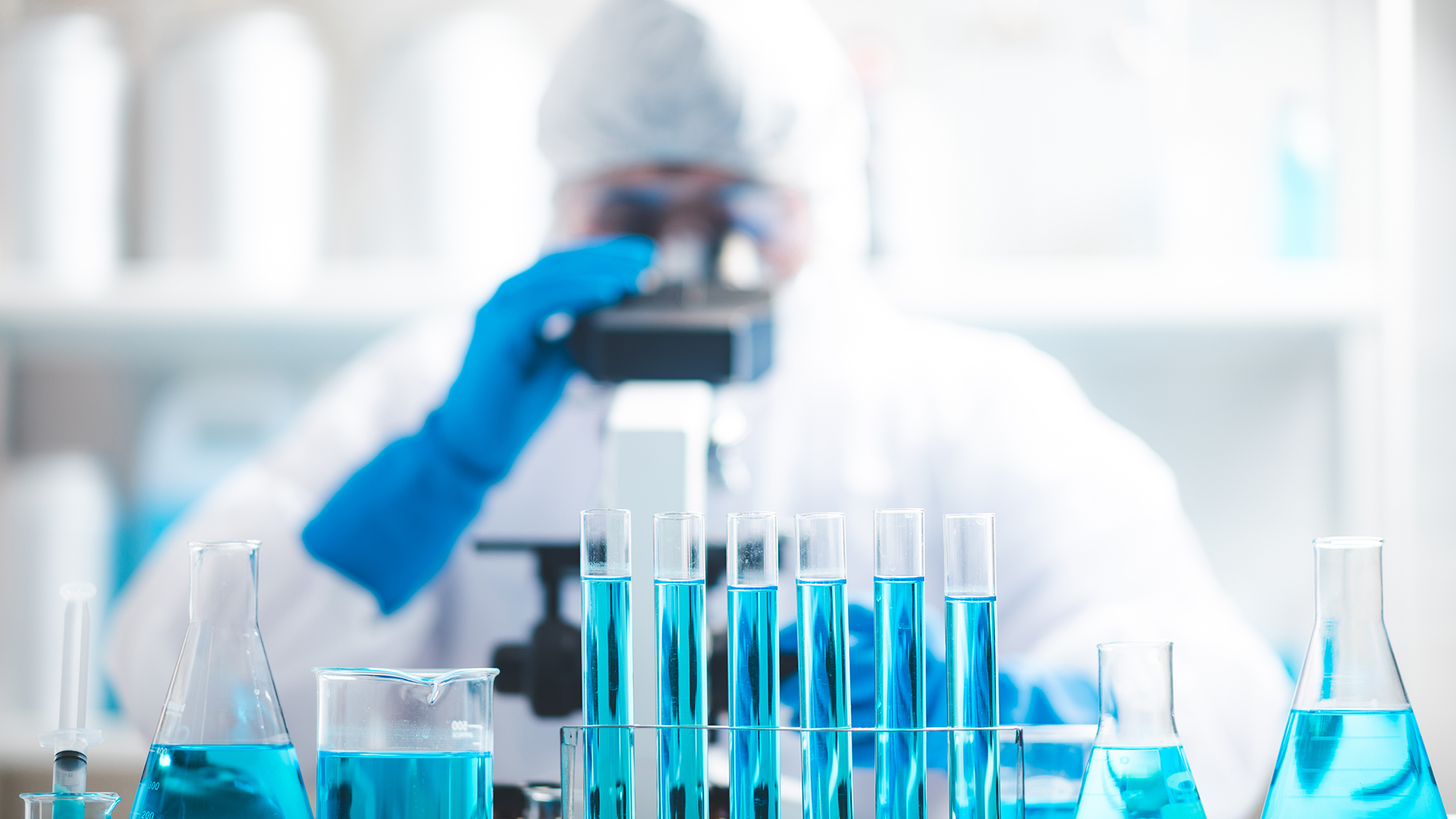
In addition, a well-thought-out clinical trial strategy also needs consideration as part of any successful program pathway for commercialisation — one that considers not only patient recruitment tactics but also factors in regional regulations surrounding clinical trials as applicable across different countries or states where testing might occur. While challenging, meeting these criteria will ultimately prove essential for eventual success within the marketplace upon completion of each stage along the path towards commercialisation.
Manufacturing complexities
Manufacturing complexity presents an unprecedented challenge for those hoping to bring these treatments to market.
From every angle, production processes need to be optimised to maintain quality control standards. Without process optimisation, there is no way to ensure a safe and reliable product will reach patients. And with such high stakes, it’s more important than ever that manufacturers get this right—otherwise, they risk being left behind by competitors who have cracked the code on efficient production and delivery.
Manufacturers also face significant regulatory hurdles when bringing biosimilars to market. With each new treatment comes the necessity of establishing safety protocols and complying with various government regulations. Compliance requirements vary from jurisdiction to jurisdiction, making navigating them daunting even for experienced professionals. As a result, many companies struggle with getting their products approved or have difficulty keeping up with changing rules over time.
Developing effective treatments takes tremendous effort and resources, but doing so successfully requires careful consideration of all relevant factors related to manufacturing complexity and compliance needs. At the same time, organisations should remain flexible enough to pivot quickly when needed—after all, healthcare innovation doesn’t stand still for anyone!
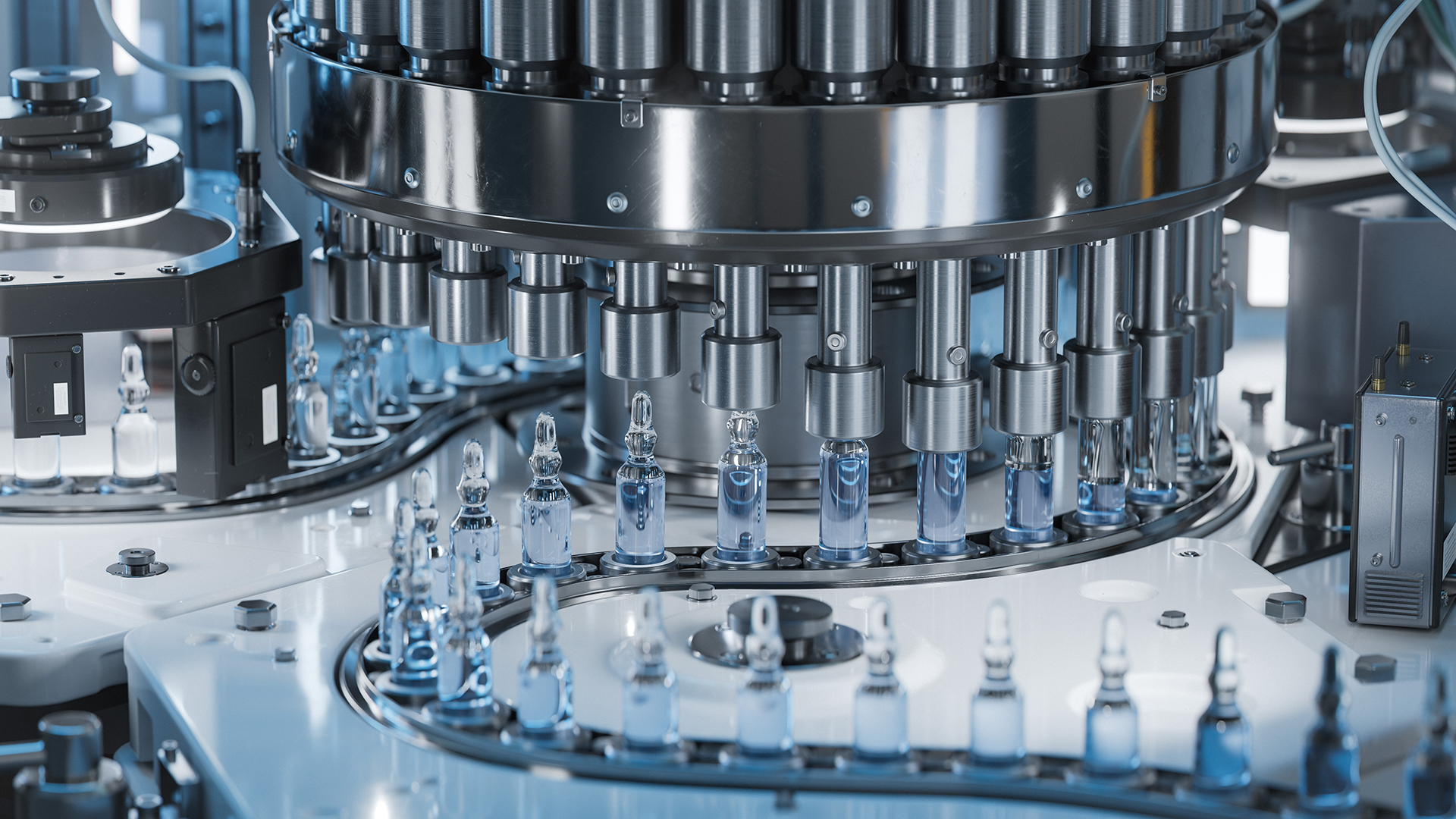
Strategic alliances in the industry
The biotechnology industry has seen a surge in strategic alliances, making it one of the fundamental driving forces for the growth and development of biosimilars. These partnerships enable manufacturers to access resources such as technologies, products and services that may not be available otherwise. This helps them keep up with the rapidly changing market while also allowing them to reduce costs, expand their reach, and develop new therapies faster than they could on their own.
A few examples of strategic alliances include:
- Collaborations between biotech companies and large pharmaceutical firms;
- Joint ventures among biotech companies involved in developing similar therapeutic agents; and
- Partnerships between research institutions and biotechnology companies focused on drug discovery.
These collaborations bring together different disciplines to accelerate progress by combining expertise from various fields, such as chemistry, biology, engineering and clinical medicine. The result is often innovative breakthroughs that would have been impossible without these alliances. For example, two major players in the biopharmaceutical sector recently partnered to develop an advanced gene therapy platform that utilises AI algorithms to identify potential targets more efficiently. By joining forces, they created a sophisticated system capable of quickly identifying drugs with greater accuracy than ever before.
Strategic alliances are becoming increasingly important as the demand for novel therapeutics grows worldwide. With this growing need comes increased competition in the marketplace which requires companies to stay ahead of the curve if they want to remain successful in this highly competitive space. Companies must find efficient ways to collaborate to unlock new opportunities for global healthcare innovation through cutting-edge technology, product development and scientific research.
The future outlook for biosimilar drugs
The outlook for biosimilar medications is bright. Experts predict that the biosimilar market will expand exponentially in the coming years. As of 2021, it’s estimated that there are over 200 biosimilars approved and available for use worldwide. This number is expected to grow as research continues into how best to develop these treatments.
The potential benefits offered by biosimilars include reduced costs compared with brand-name medications, increased access to treatment options, and improved patient outcomes. This makes them especially attractive to countries seeking more affordable healthcare solutions while maintaining high safety and efficacy standards. Due to their cost savings potential, many governments have taken steps towards incentivising the development of biosimilar products.
In terms of regional markets, Europe has been at the forefront when it comes to developing regulations governing the production and sale of biosimilars. Regulations such as those passed by the European Medicines Agency (EMA) have helped create an environment where manufacturers can confidently bring new products to market without fear of infringement or other legal challenges. In recent years, Asia-Pacific nations have also taken similar measures to promote growth within their biopharmaceutical sectors.
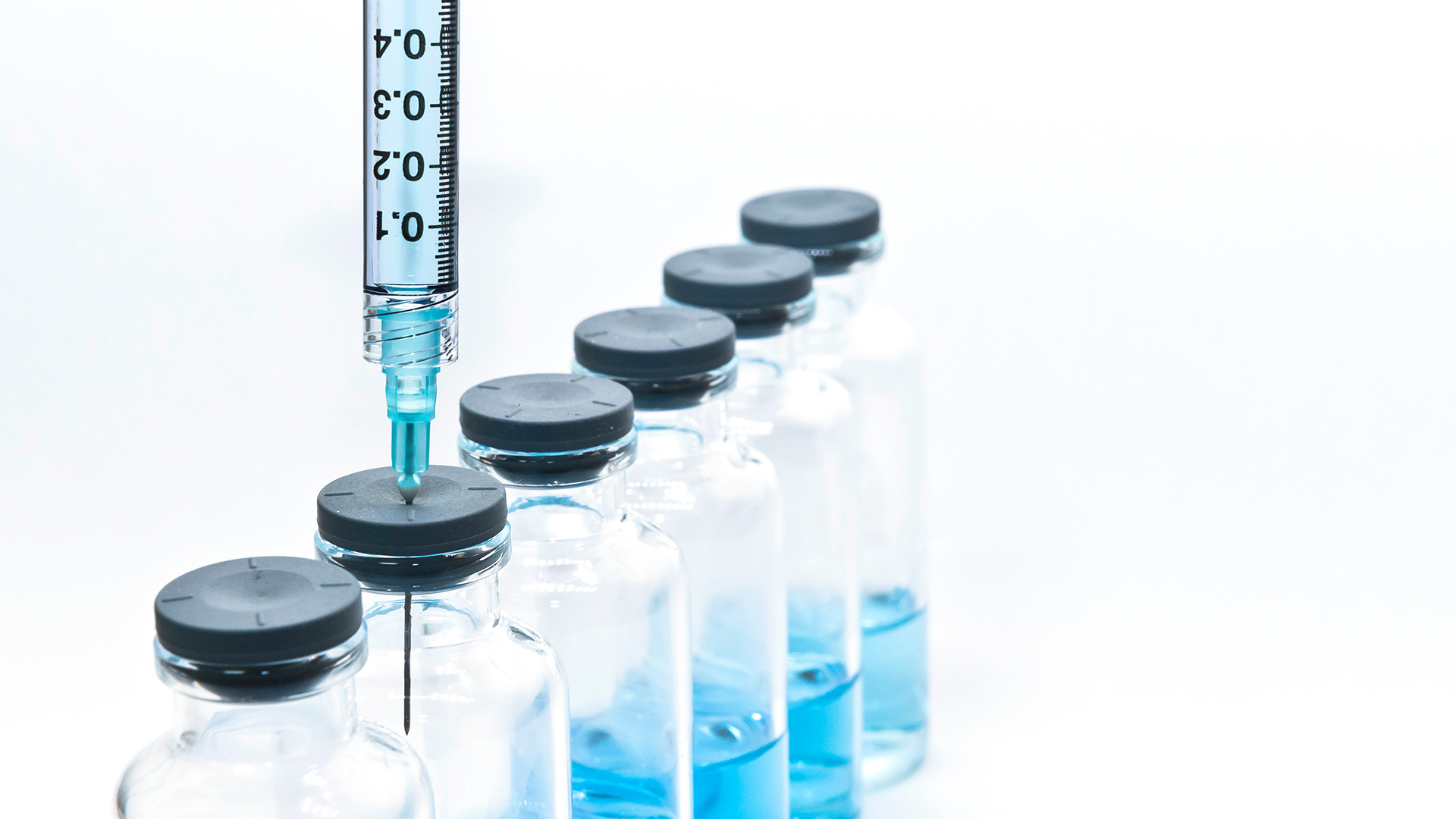
Although much work remains before we fully utilise all the possibilities afforded by biosimilar medicines across every corner of the globe, the current state looks promising indeed. With continued efforts from private industry leaders and government bodies worldwide, this once nascent sector could soon become a major player in healthcare delivery systems everywhere.
With the proper development and approval timeline, patients can benefit from increased access to biological treatments at lower costs. Interchangeability will also be an important factor in determining pricing, while legal implications must be considered when it comes to patent protection for these drugs. All in all, it is safe to say we are on the brink of revolutionising healthcare with biosimilars.
The healthcare industry has been struggling under the burden of expensive brand-name biologics for years, but with biosimilars here to stay, this could mark a turning point for us all. Not only do biosimilars present a more cost-effective option, but they also open up many possibilities for improved patient care. It is critical to keep pushing forward with research on biosimilars and continue striving towards better healthcare outcomes for everyone.

























